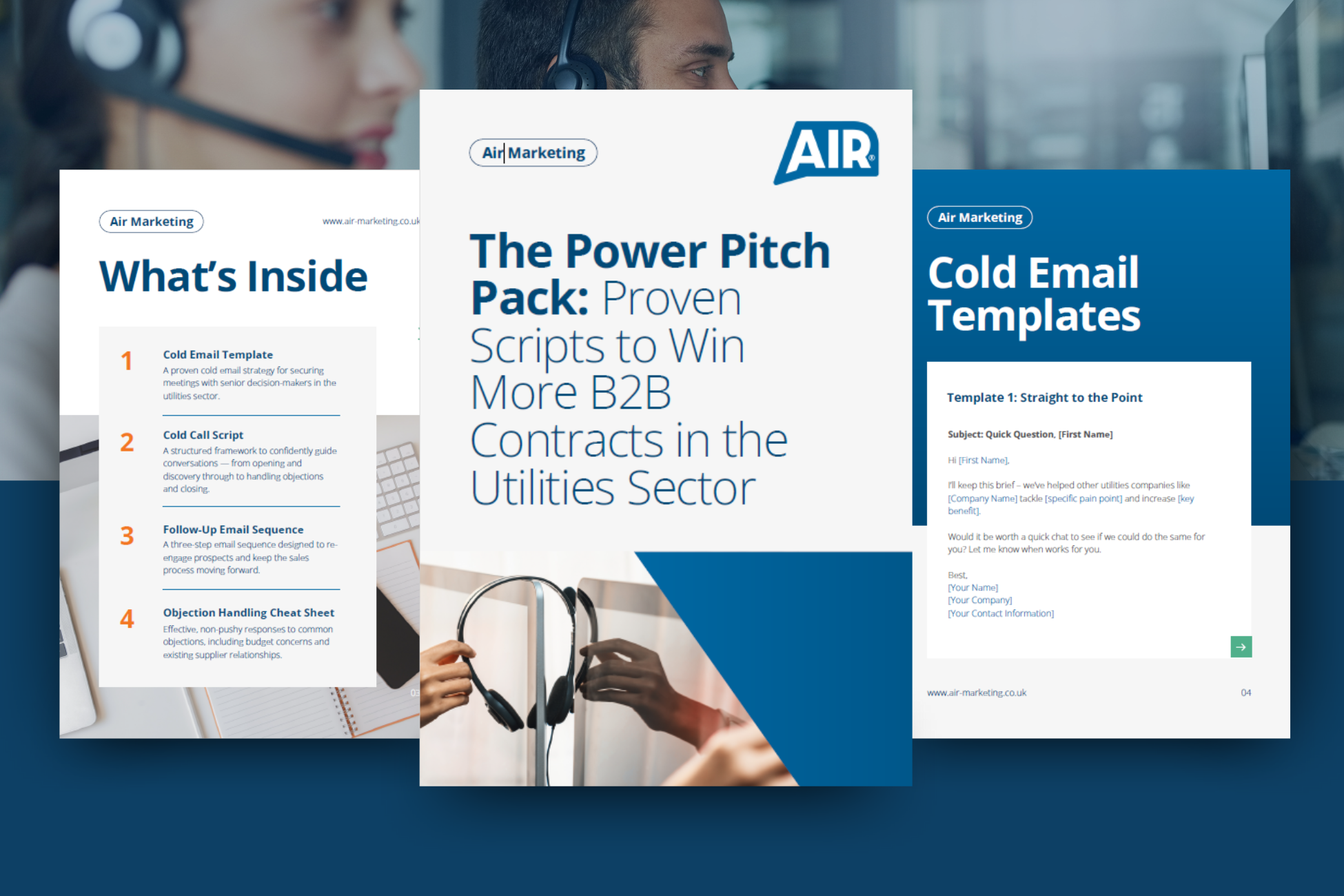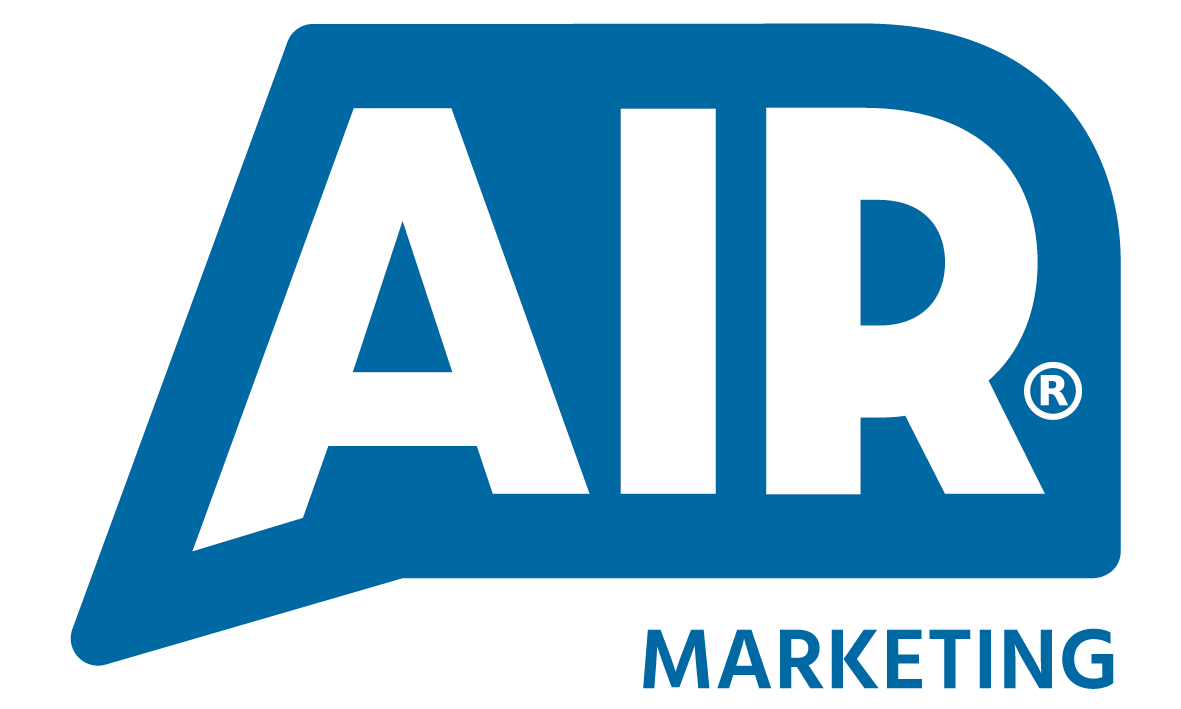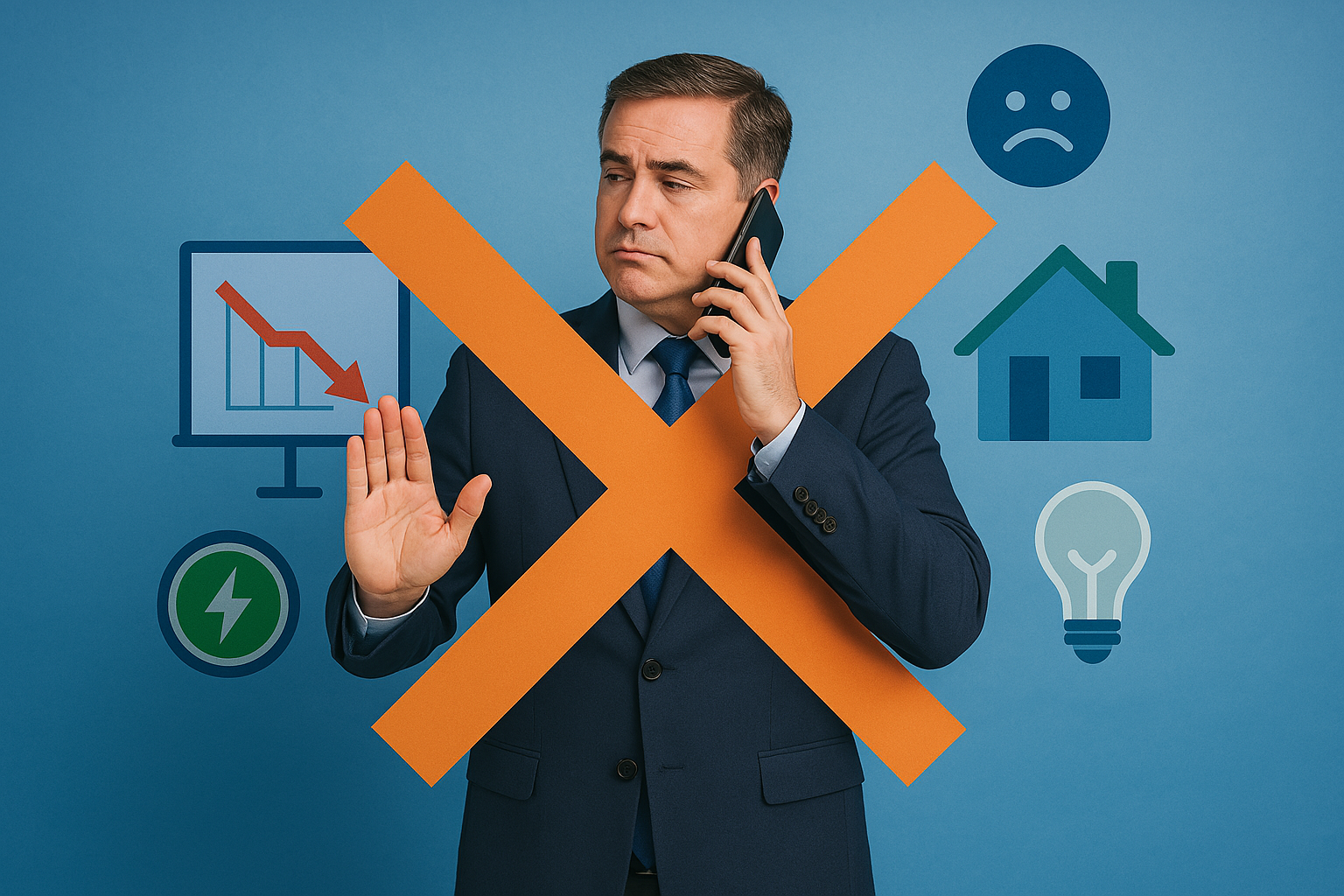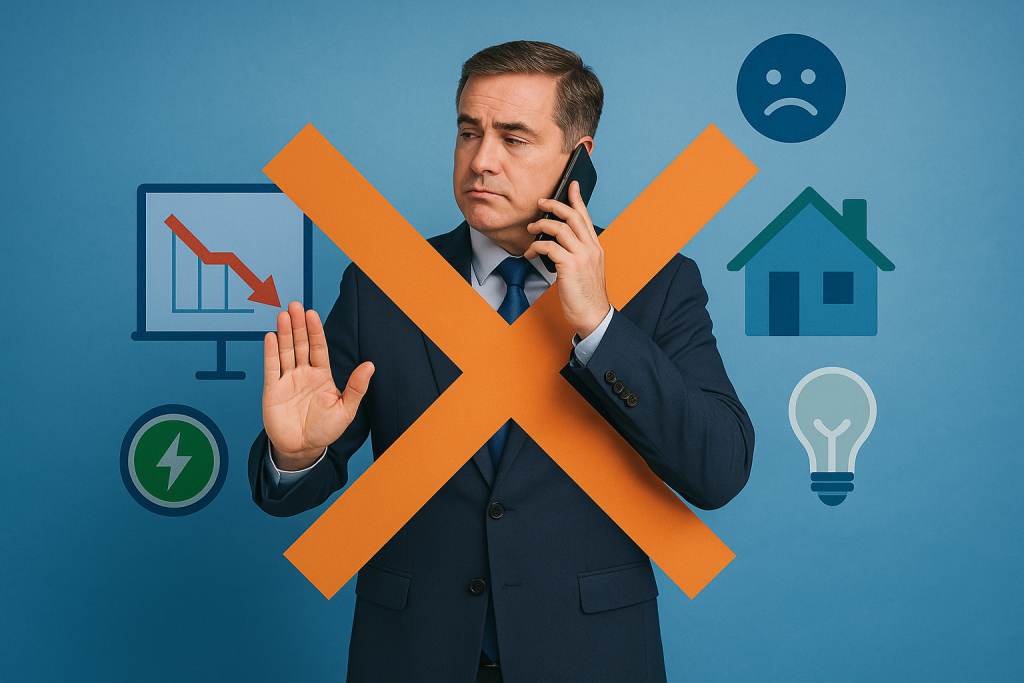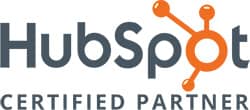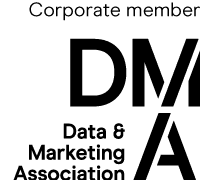In a time where attention spans are short and trust is hard-won, thought leadership has become a key differentiator for professionals who want to influence, inspire, and lead within their industry. Decision-makers and customers alike are increasingly drawn to people, not just brands – especially those who consistently demonstrate expertise, credibility, and vision. This is where thought leadership comes into its own.
LinkedIn, with its professional DNA and engaged user base, offers an unrivalled platform for building and broadcasting thought leadership. But doing it well requires more than posting occasional updates – it’s a deliberate strategy, rooted in authenticity and informed by data.
What Defines a Thought Leader?
Thought leaders are recognised authorities in their field – individuals whose perspectives shape conversations and inspire action. They’re not defined solely by job titles, but by how they think, communicate, and contribute.
They speak with purpose. They challenge conventional thinking. And they offer tangible value, be it insight, foresight, or guidance.
Why Thought Leadership Matters in Today’s Market
Trust drives B2B buying decisions. In an environment where traditional advertising is met with increasing scepticism, thought leadership allows professionals to earn that trust through substance.
A robust thought leadership presence can:
- Position you as a go-to expert
- Increase visibility in your niche
- Drive meaningful engagement with your target audience
- Influence key decision-makers and open doors to new business opportunities
It’s not just about being better – it’s about being heard, remembered, and respected.
Why LinkedIn is the Platform of Choice
LinkedIn isn’t just a digital CV repository – it’s a modern marketplace of ideas. With over 1 billion members globally, it provides direct access to business leaders, influencers, and communities.
Unlike other social platforms, LinkedIn’s algorithm actively rewards relevance and expertise. This means your content has a better chance of reaching the right audience – if it’s crafted strategically.
Building Your Foundation
Personal Brand Development
Your thought leadership journey begins with self-awareness. Define your personal values, tone of voice, and unique perspective. Authenticity is critical – people follow people they relate to.
From there, ensure your profile mirrors this identity. A compelling headline, professional photo, value-led summary, and keyword-optimised experience sections are essential.
Profile Optimisation
Think of your LinkedIn profile as your landing page. It should instantly communicate:
- Who you help
- How you help them
- Why you’re credible
Add rich media, highlight certifications, and request recommendations that speak to your strengths.
Content Strategy
Thought leadership isn’t about self-promotion – it’s about contribution. Your content should inform, inspire, or challenge. Mix personal insight with practical value.
Start by identifying your audience’s pain points and map content pillars around them. Then layer in your own stories and successes.
Building Credibility
Endorsements & Recommendations
Social proof is powerful. Actively seek endorsements for key skills, and request recommendations that reinforce your expertise from trusted clients or peers.
Associate with Other Experts
Strategic associations matter. Collaborate with recognised voices in your space through guest posts, comments, or co-created content to amplify your reach and credibility.
Speaking Engagements & Webinars
LinkedIn Live events or hosted webinars are prime opportunities to showcase leadership. They allow for direct audience interaction and cement authority in real-time.
Highlight Your Skill Set
Use your profile’s skills section to spotlight niche capabilities. Support them with content that puts those skills into context – such as case studies or behind-the-scenes insights.
Types of Content That Cut Through
Articles vs. Posts
- Articles allow for long-form, in-depth analysis – perfect for SEO and thought pieces.
- Posts are ideal for short-form commentary, personal stories, and interactive content.
Use both strategically.
Case Studies
Nothing builds trust like proof. Share stories that demonstrate results, focusing on the problem, process, and measurable outcome.
Video Content
Video adds human depth. Keep it concise, focus on one idea, and ensure strong captions for silent viewers.
Interactive Content
Polls and questions invite dialogue. Use them to gather insight and stimulate conversation.
Consistency is Key (as cliché as that sounds!)
Build a rhythm – whether posting twice a week or daily. Consistency builds trust, familiarity, and momentum.
Guest Content & Collaborations
Co-create content with other thought leaders, and be sure to tag them and their company in your posts. It extends your reach and adds layered credibility.
Use Data & Trends
Provide analysis of relevant market trends or share data-backed insights. This establishes you as someone who not only observes – but interprets.
Smart Networking Strategies
Find and Connect with Influencers
Engage with their content before reaching out. Make connections meaningful by referencing shared interests or ideas.
Community Engagement
Be generous with your insight. Comment thoughtfully, add perspective, and share content that aligns with your positioning.
Cross-Promotion
Highlight other people’s content, not just your own. It builds goodwill and often leads to reciprocal visibility.
Targeted Outreach
Segment your outreach by industry, geography, or company size. Tailored messages convert better and start stronger relationships.
Maximising LinkedIn’s Features
LinkedIn Stories
Use Stories (or short-form video snippets) to share behind-the-scenes insights or quick wins. They add personality to your brand.
LinkedIn Analytics
Track performance – but look beyond vanity metrics. Focus on engagement quality, profile views, and connections made.
LinkedIn Groups
Participate in – or better yet, lead – niche communities. It’s a powerful way to build authority in specific verticals.
LinkedIn Newsletters
An underutilised tool that delivers directly to inboxes. Use it to publish consistent, long-form content on a regular schedule.
Advanced Approaches
LinkedIn Premium & Sales Navigator
Both offer deeper insights into who’s viewing your profile, advanced search capabilities, and better outreach tools – useful for targeted growth.
Multi-Channel Strategy
Integrate your thought leadership with your website, newsletters, podcasts, or X. Ensure content is adapted to each platform but consistent in message.
Collaboration Tools
Use LinkedIn’s document sharing or collaborative article features to co-author thought pieces with others or involve your audience in content creation.
To summarise…
Thought leadership on LinkedIn is no longer a nice-to-have – it’s a strategic imperative for professionals who want to influence at scale. In an increasingly noisy digital world, those who lead with substance, consistency, and credibility will stand out – and be sought after.
By treating your presence not as a series of posts, but as a cohesive leadership narrative, you position yourself not only as an expert – but as a trusted voice that shapes decisions. The opportunity is clear: people buy into people. LinkedIn just happens to be where they’re listening.
